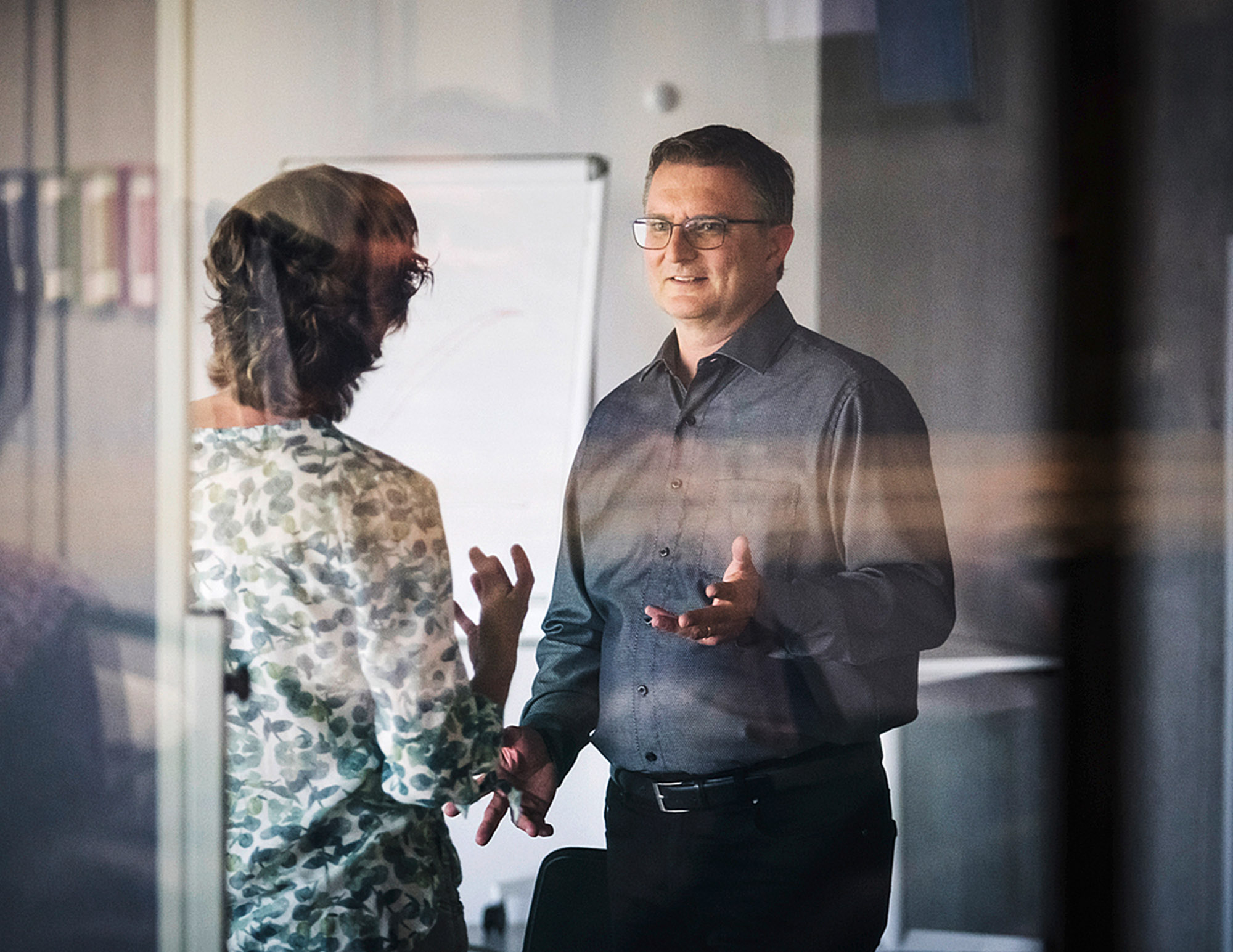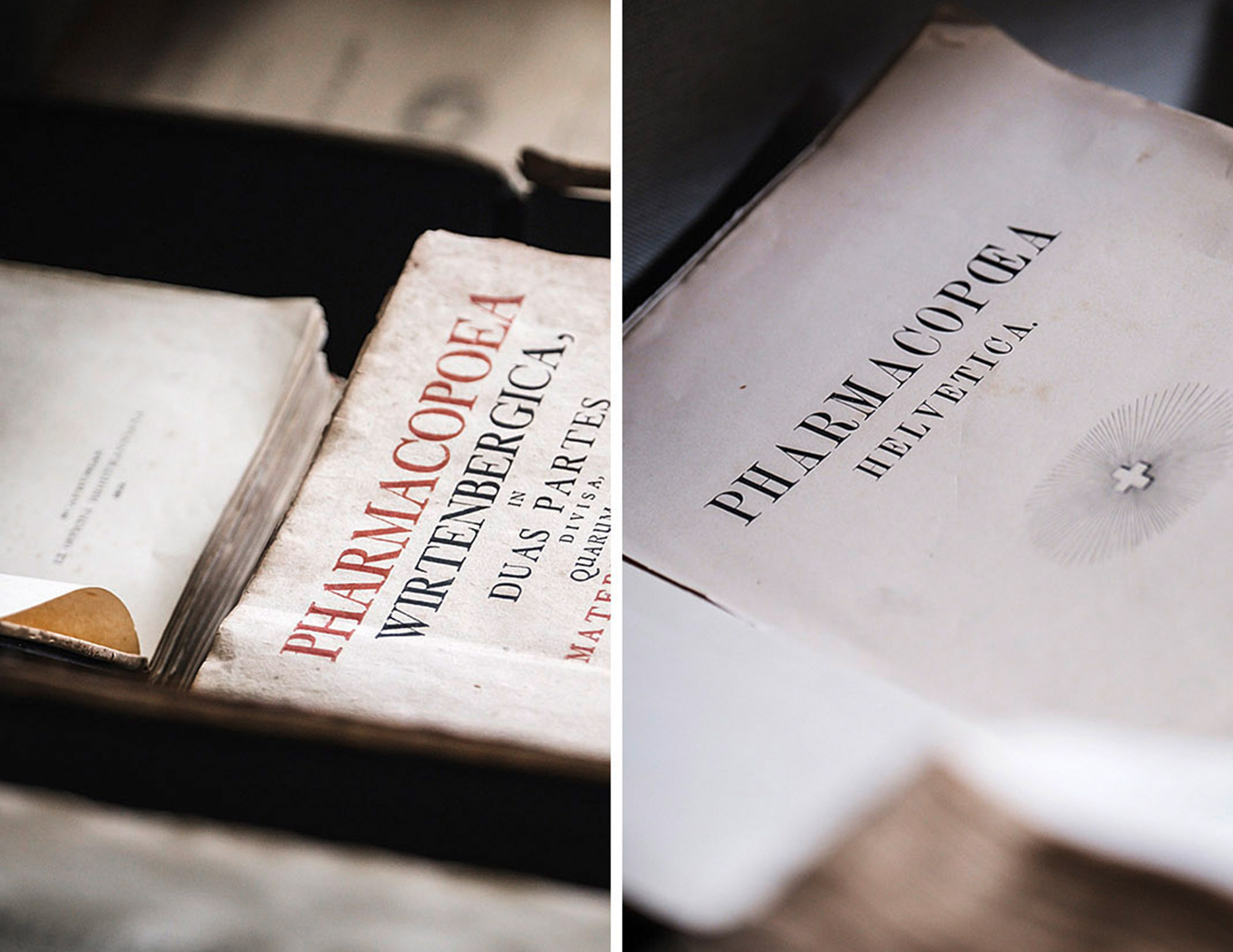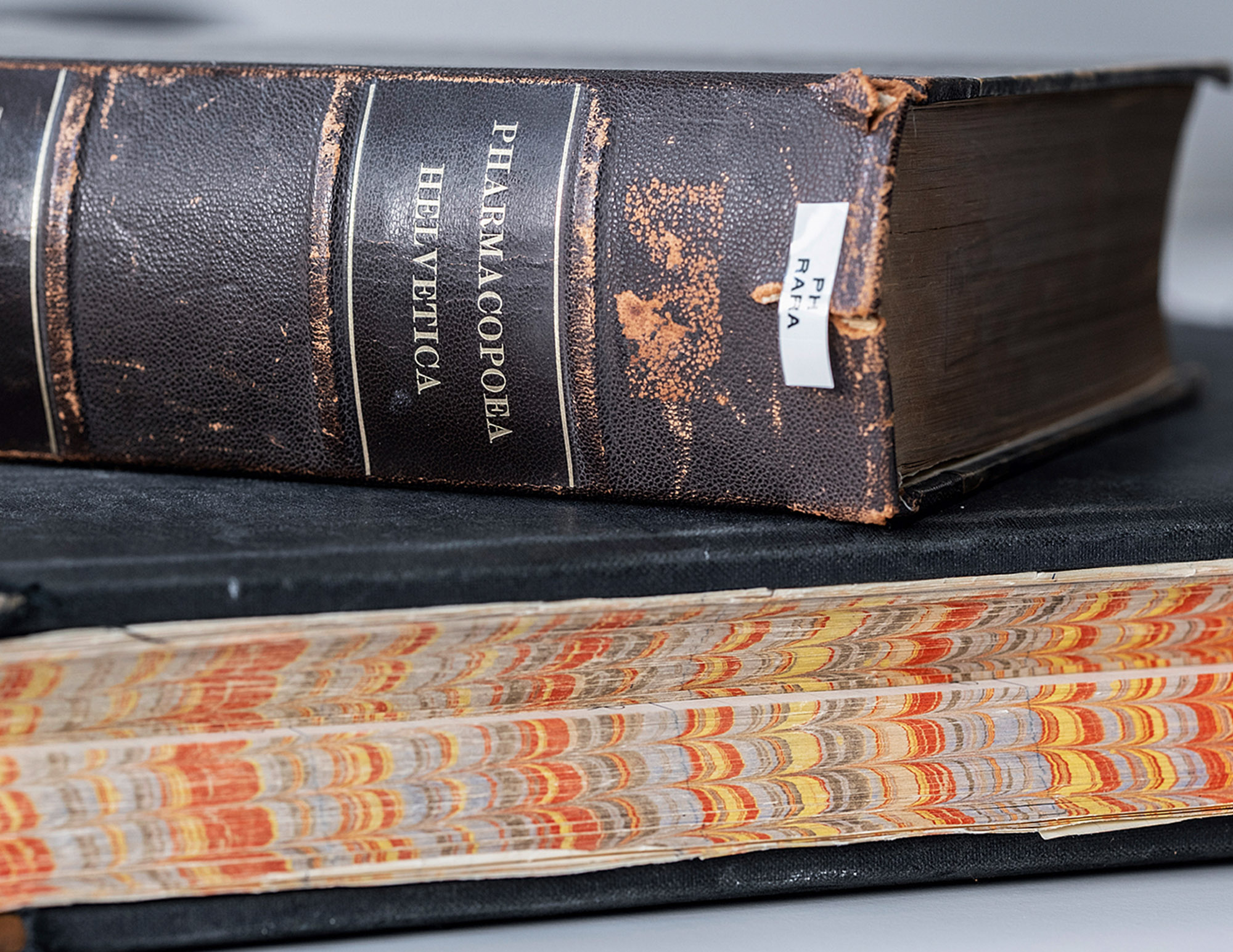

A joint undertaking
The pharmacopoeia is a compendium of regulations relating to the quality of medicinal products. Its provisions are of a binding nature and have legal force. They apply to all medicinal products placed on the market in Switzerland. The objective is to create uniform framework conditions in terms of quality, and to thereby provide all patients with medicinal products of the same high quality. In this country the pharmacopoeia consists of the Swiss volume (Pharmacopoea Helvetica, Ph. Helv.) and the European volume (Pharmacopoeia Europaea, Ph. Eur.). The latter contains more than 2000 regulatory texts known as “monographs”. These describe the requirements that have to be met by active substances, pharmaceutical excipients, dosage forms, medicinal plants, vaccines, blood products and homeopathic preparations. The national pharmacopoeia, the Ph. Helv., contains roughly 110 monographs and supplements the Ph. Eur. with regulatory texts in areas not covered by the Ph. Eur. This is of particular significance for medicinal products that are only distributed on the national market. “Or for medicinal products that do not require authorisation and are produced by pharmacies for their own customers. These are known as extemporaneous preparations,” Gosdschan explains. The electronic version of the Ph. Helv. introduced in 2012 has been available online free of charge since 1 July 2019 ((link to e-version)) – the print version is now available only as an additional service.
“The outcome can be fatal if the product doesn’t actually contain what’s on the label.”
The European Pharmacopoeia enters into force simultaneously in 39 Member States and in the EU as an organisation. It is produced under the direction of the Council of Europe. A number of non-European countries and national authorities and international governmental organisations such as the World Health Organisation (WHO) are also interested in collaborating on this publication and have acquired observer status. There is also a move to standardise the pharmacopoeial requirements worldwide. Alongside the European volume, the American and Japanese pharmacopoeias are also important compilations. “It’s no easy task to harmonise these. Primarily because of the different authorisation situations, which are the result of historical developments. Nonetheless, strenuous efforts are being made to bring them closer together – although it will probably be quite a while before a pharmacopoeia applicable to the whole world is published,” explains Tobias Gosdschan, head of the Pharmacopoeia Department at Swissmedic.

